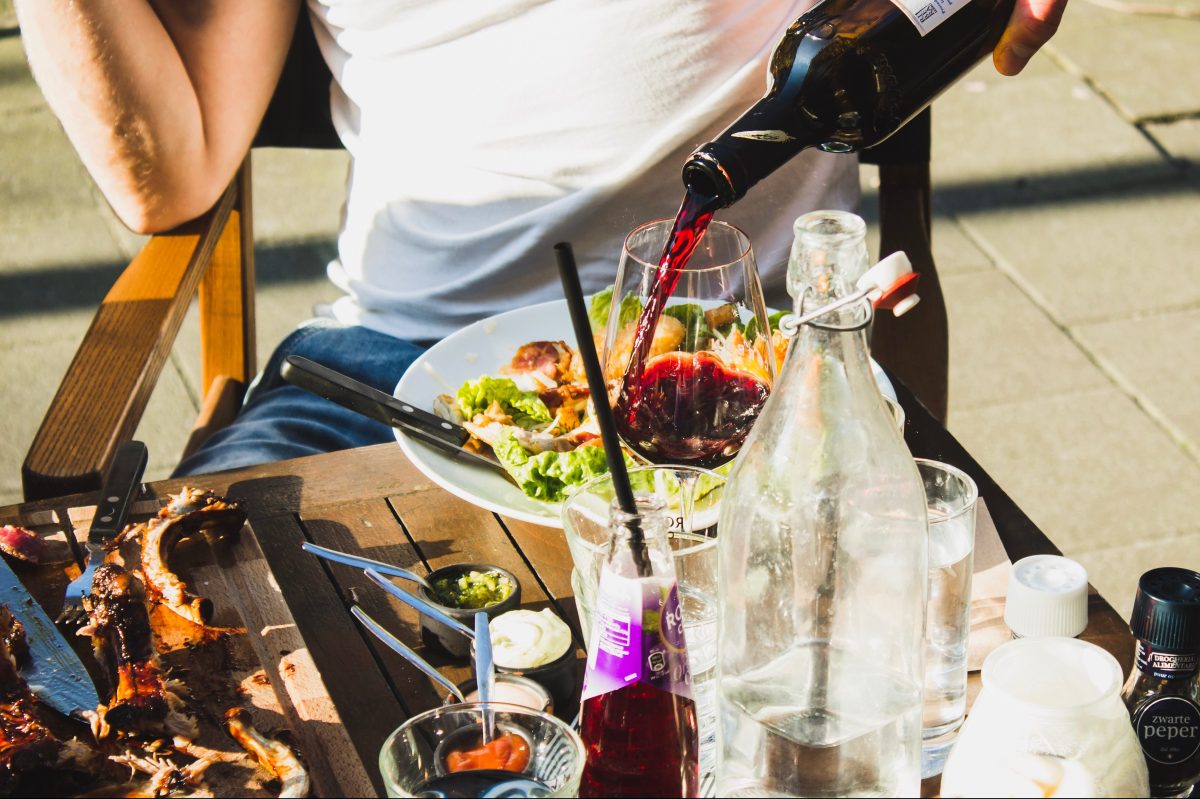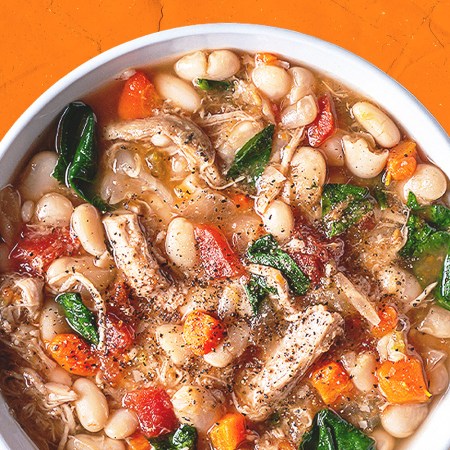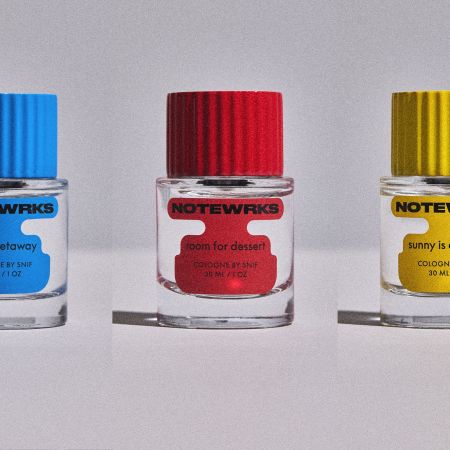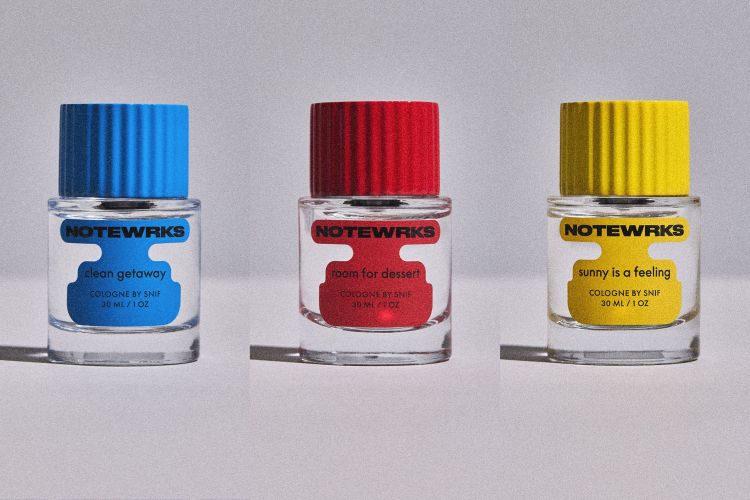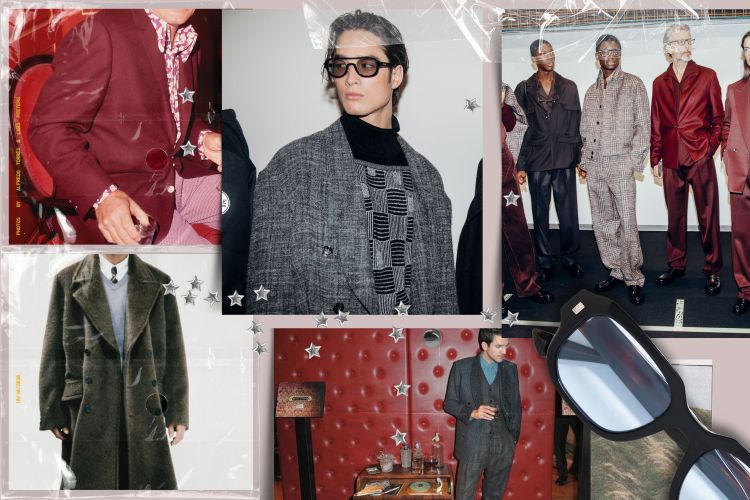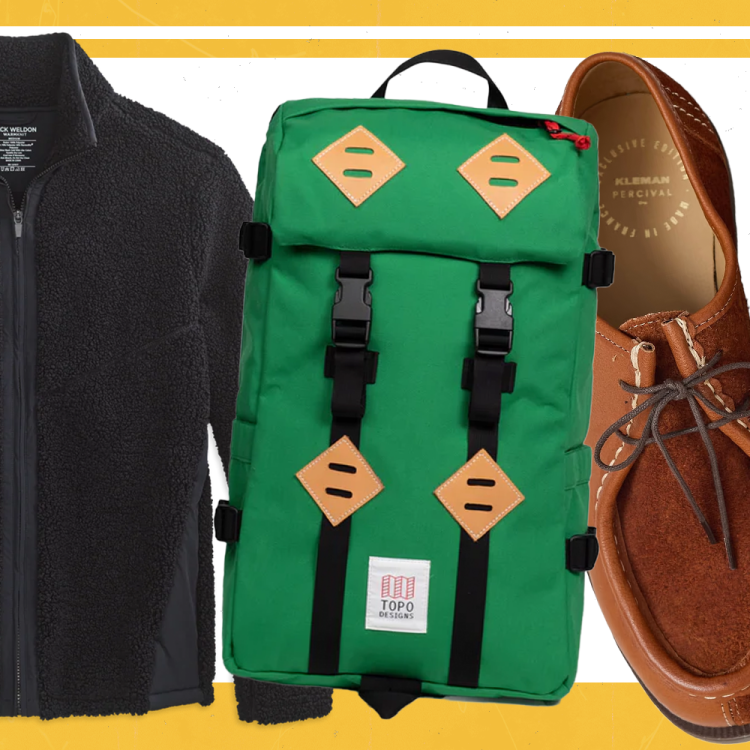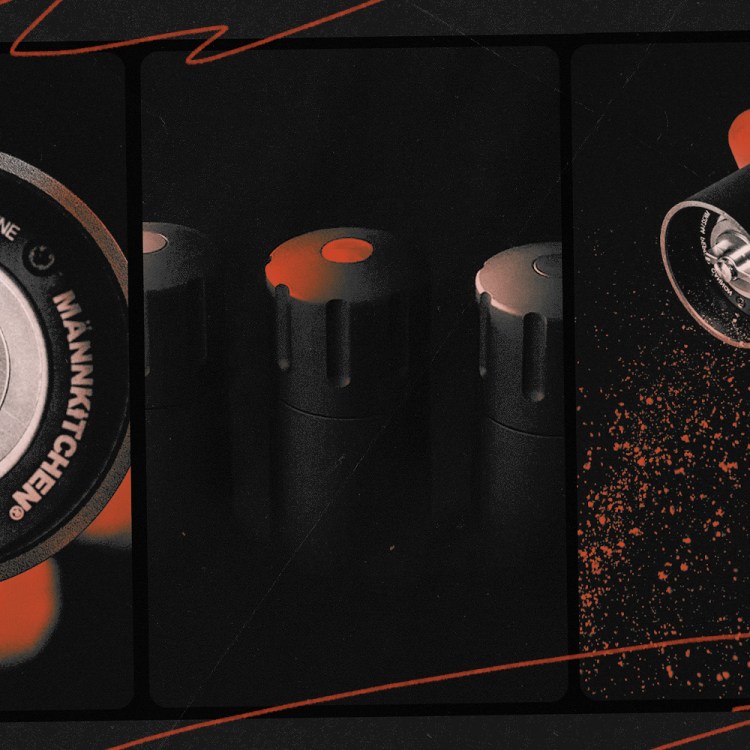For as long as Americans have been hosting summer cookouts, their friends, neighbors and co-workers have been bringing chips, potato salad and beer. That’s was a law, right? You were supposed to bring one of those things.
But times change.
We’re not saying you should re-think the chips — they’re salty and delicious and give dips a reason to exist — but in addition to scrapping the potato salad (nothing with mayo should ever be classified as a salad), we are also suggesting that you consider ditching the old-standard suds for some red, white or rosé. Yes, we think you should be bringing wine to a BBQ.
And we’re not the only ones, as a trio of NYC-based sommeliers also suggest bringing wine to the next event that involves cooking meat outside over flames that you attend — and they’ve got tips to help you do it.
First, according to The Times Square EDITION‘s wine director Amy Racine, is to remember the weather is likely going to be warm, so it’s important to choose your bottle accordingly.
“On a hot day, I like anything that’s really refreshing and really tart, like lean rosés,” Racine says. “They typically look a little paler in color. That’s a great way to go. And then if you want to do a red, especially if it goes into the evening, something like a Malbec or a California Pinot Noir that’s really juicy and really fruity goes really well with barbecued meat, burgers, everything like that. Those wines you can also put a little chill on, which is nice when it’s really warm. I think just sticking it on ice for a few minutes is a good way to go.”
Dustin Wilson, the master sommelier at Verve Wine in TriBeCa, also suggests cool rosé on a hot day. “I typically reach for something that is crisp with bright acidity, as that’s what makes the wine refreshing,” Miller says. “I also prefer something dry and that has a lighter color and a more ‘minerally’ profile in the summertime. Basically, something that will quench my thirst when it’s hot outside. Rosé certainly does the trick here, Hampton Water rosé is a perfect bottle to grab, or perhaps a lighter-style red that drinks well with a little chill on it, like a Gamay from Beaujolais.”
John Slover, the sommelier at Dirty French, concurs, on Beaujolais and burgers pairing well.
“Basically, you want either a big jammy red with low tannin like a Zinfandel. The Zinfandel class is terrific barbecue wine, especially with sauces,” Slover says. “Barbecue sauce, a big slab of grilled meat and a glass of red Zinfandel, ideally not too hot, nice and chilled … it’s heaven. Beaujolais are on the opposite end of the spectrum, but they work for very different reasons. It’s very light-bodied as opposed to full-bodied like red Zin. It’s got pretty high acidity as opposed to the low acidity and softness of Zinfandel. And it’s got a big earthy component. The low tannins are the common denominator. In the case of Beaujolais, you have acidity that cuts through the fat protein. It’s really refreshing.”
“Barbecue sauce, a big slab of grilled meat and a glass of red Zinfandel, ideally not too hot, nice and chilled … it’s heaven.”
John Slover, sommelier at Major Food Group’s Dirty French
Those would all be bottles, but there are plenty of canned wine selections you can clap your hands, clap your hands, about.
“I’m seeing more really fun, higher-quality canned wines out on the market these days,” Wilson says. “I’m all about it especially for outings where bringing bottles might be difficult for one reason or another. My favorite two at the moment are VINNY & Lil’ Fizz.”
Slover also mentions VINNY as a good option. “It’s V-I-N-N-Y, which sounds like someone’s name but in fact it’s ‘Vin’ which is French for wine and ‘NY’ for New York. So it’s a canned wine product from New York. It’s made by Thomas Pastuszak who is the wine director at NoMad but is also a winemaker. He sources grapes in New York and makes VINNY.”
In addition to signing off on VINNY — “it’s citrusy and bright and just the right amount of fizz without being full-blown sparkling like opening a bottle of champagne”— Racine recommends another canned wine called Ruza.
“It has this watermelon-tart-berry-kind-of flavor,” Racine said. “We actually have a canned wine program at the hotel, and we use it both in cocktails and then on its own. I think cans are great and fun and super practical for going to the park or going to BBQ’s because carrying around glass can be kind of clunky and then if you’re in a public place and you break glass it’s a whole thing. So, I think the introduction of canned wine is great.”
For most of these options, you’ll want to chill them beforehand, but don’t add ice if you can help it because that’s just not cool.
“I wouldn’t do it, because everything that a winemaker does serves the purpose of concentrating flavors and balancing wines,” Slover says. “The components of the wine — the acid, the alcohol, the tannin, the glycerol and all the different compounds — are in this very fine balance that the winemaker tries to achieve. If you put ice in it, you’re disrupting that balance. Second of all, you’re diluting the wine, which is the opposite of all the efforts of the winemaker. What’s the point of spending money on wine if you’re then going to just dilute it and disrupt that balance? I wouldn’t do it unless you have cheap wine where it doesn’t matter. But if you’re actually drinking good quality, artisanally made, hands-on wine, I wouldn’t recommend it.”
Racine’s sentiments aren’t quite as strong, but they’re similar. “Any time a guest comes in and wants some ice cubes in their wine, it’s totally fine,” she says. “I mean a cocktail like a spritz is basically a glass of wine with some ice cubes in it. So, if it’s something that’s going to make you enjoy it, then I’m all for it. But I wouldn’t suggest it to a guest unless they asked for it.”
In addition to avoiding adding ice, both Racine and Slover also suggest making bringing white wine your last resort. “Red is probably my first choice and champagne or sparkling wine is my second choice. White is probably my last choice,” Slover says. “Basically, in short, red wine is the way to go, although not exclusively.”
And, if anyone grinds your gears for ditching a six-pack for a bottle that requires a corkscrew, just remind them who’s winning the old BAC battle.
“Wine tends to go really well with most BBQ food, it’s delicious, and you get a little more bang for your buck as wine is normally around 12 to 13 percent ABV,” Wilson says.
Racine also offers this: “When going to a BBQ, it’s important to not feel the pressure of bringing an exceptional vintage or something super serious. The whole concept of a BBQ is to have fun and have drinks maybe while you’re eating or while you’re not or while you’re waiting for the food whatever. So, bring something you want to drink and enjoy learning about whatever you’re bringing and the process of it rather than stressing out about it.”
Cheers to that. And leave the potato salad at home.
Every Thursday, our resident experts see to it that you’re up to date on the latest from the world of drinks. Trend reports, bottle reviews, cocktail recipes and more. Sign up for THE SPILL now.
